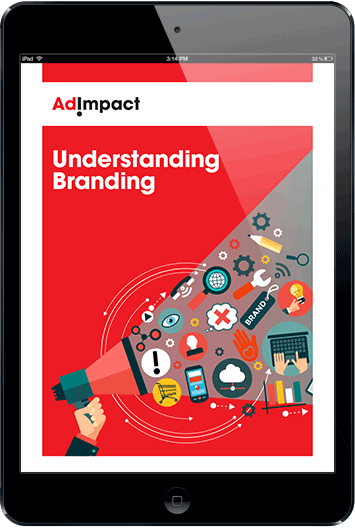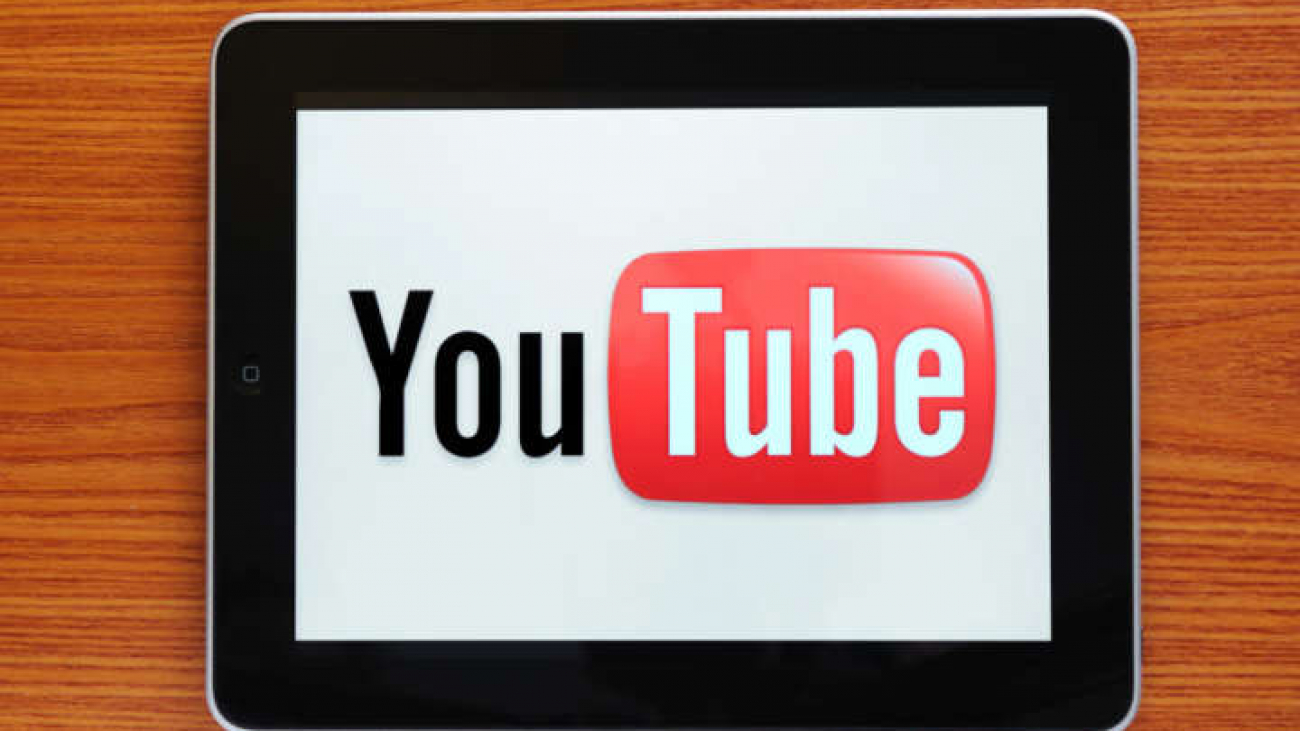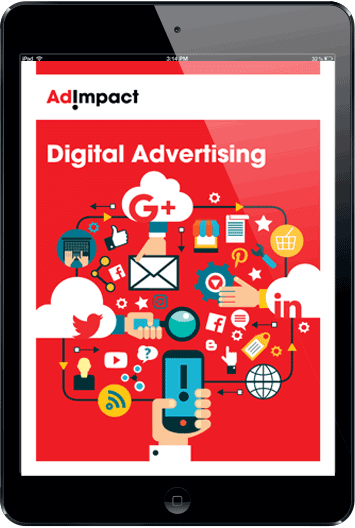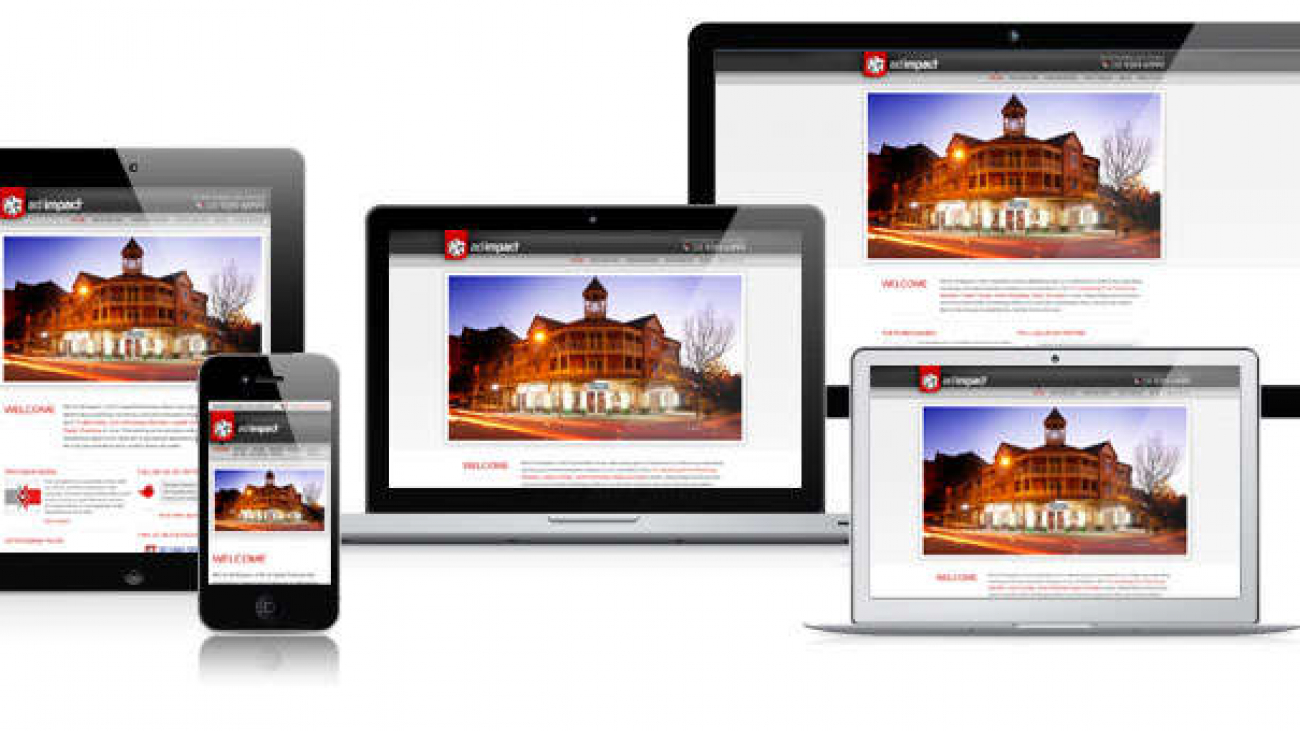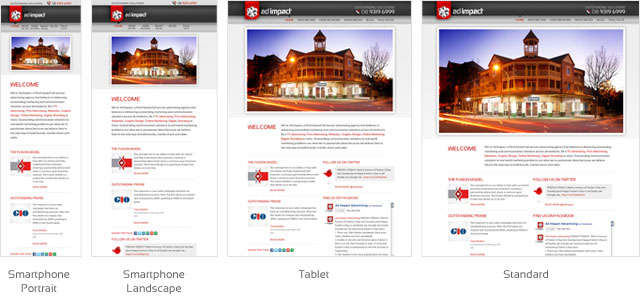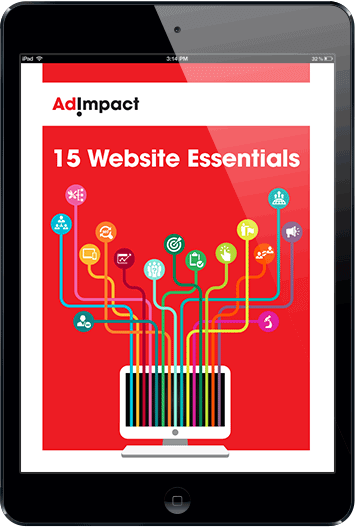It’s easy to get distracted by the seemingly monthly advancements in advertising mediums. It seems as soon as we start to get the hang of a new form of advertising, another one comes along for us to learn. Youtube videos, iphone apps and the like are pretty commonplace now and we can unknowingly convince ourselves that the new and shiny marketing device ‘of the month’ is the what we need to put all of our resources into.
This isn’t a bad thing by any means. Progress is good, and it ensures that our craft is continually growing and changing. New forms of creativity are forged along with the technology that generated it. However, a recent study shows that old habits die hard, and they die hard very well.
According to a new study by Nielsen (underwritten by the Newspaper Association of America) shows that print and online newspapers still have the edge.
The study examined 5000 people’s engagement with a variety of advertising media outlets. There were 11 metrics of engagement, such as
- Trust and ethics
- How connected the media makes people feel
- Effectiveness of Advertising
The results were interesting.
|
Media |
Newspapers (Print/Web) |
TV/TV Web |
Radio |
Internet |
|
Aggregate Engagement Scores |
43% |
37% |
41% |
41% |
|
Media |
Newspapers (Print) |
TV/TV Web |
Radio |
Internet |
|
Advertising Effectiveness |
41% |
32% |
34% |
33% |
“This first-of-it’s-kind national study by Nielsen clearly demonstrates that Newspaper print ads get noticed more than all other media and drive the highest purchase intent.” –Newspaper Association of America.
Although the study was paid for by the NAA (which would be an explanation for their high confidence in the study), it does show how newspaper media does hold it’s own with other forms of media and is not ‘finished’ by any means.
Refrences:




